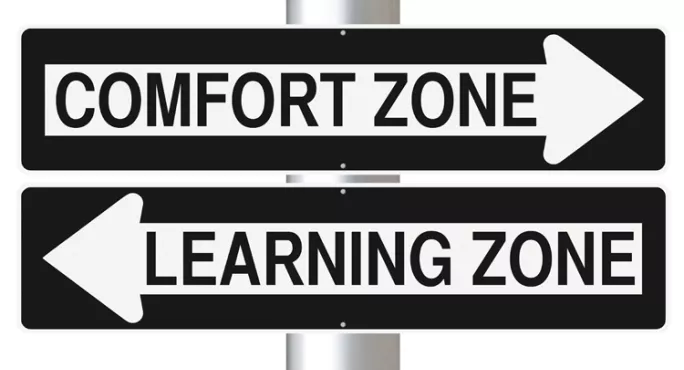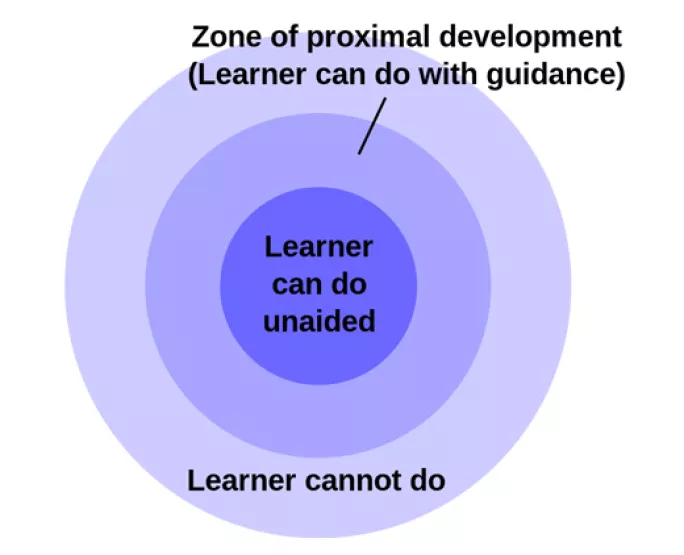What is the zone of proximal development?
It might sound like something out of Star Trek, but the zone of proximal development (ZPD) actually sits within Lev Vygotsky’s sociocultural theory of learning, which looks at the influence of social interactions in learning, amongst other things.
What does that mean?
The basic idea of the ZPD is that we need to identify where a learner is and the level of guidance they will need to achieve the next step in a task.
The gap between what a learner can do unaided and what they cannot do is the ZPD. This diagram illustrates the theory:
That still sounds a bit woolly. How do I translate all this to my pupils?
A German pedagogue called Tom Senninger created a child-friendly model based on ZPD. He renamed the three zones as: the comfort zone, the learning zone and the panic zone.
The comfort zone is where a learner feels stable, but unchallenged. The learning − or “stretch” - zone is just outside of the comfort zone. This space offers challenge and asks children to take risks in their learning. The learning zone is what we are aiming for, but if we push pupils too far, Senninger suggests, they will reach the panic zone, where they will be stressed, fearful and disinclined to learn.
That makes more sense, but does it work in the real world?
The ZPD often pops up in books about teaching or CPD sessions, but is often misused and misrepresented. For instance, it’s often used in conjunction with the term “scaffolding”, despite this never featuring in any of Vygotsky’s work.
Education has moulded the ZPD for its own purposes, as it does most theories. But the basic principle is worth paying attention to: trying to find that magic balance to create a task that is at just the right level for a child. If a task is too difficult, then children will panic or become disengaged, but if it is too easy then they will become frustrated.
Looking for that balance is surely something teachers do automatically. Why do we need a diagram to explain it?
The diagram can be a useful tool for the self-assessment of learning conditions. Have it displayed and ask your learners to think about which zone they are in. This means rather than just evaluating their own performance against a task, they begin to reflect on their own attitudes and feelings towards learning.
Is this something I should be using, then?
Absolutely. In primary, it works well as a large display - children can let you know which zone they are in by adding their name to the relevant circle. A more subtle approach for secondary pupils might be to ask them to draw the model in their margin and use an arrow to indicate where they are.
Sarah Wright is a senior lecturer at Edge Hill University. She tweets as @Sarah__wright1
Want to keep up with the latest education news and opinion? Follow TES on Twitter and like TES on Facebook





